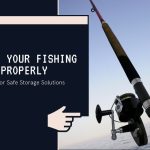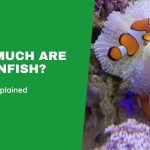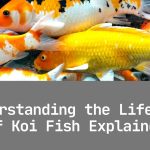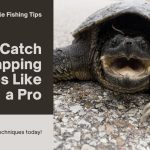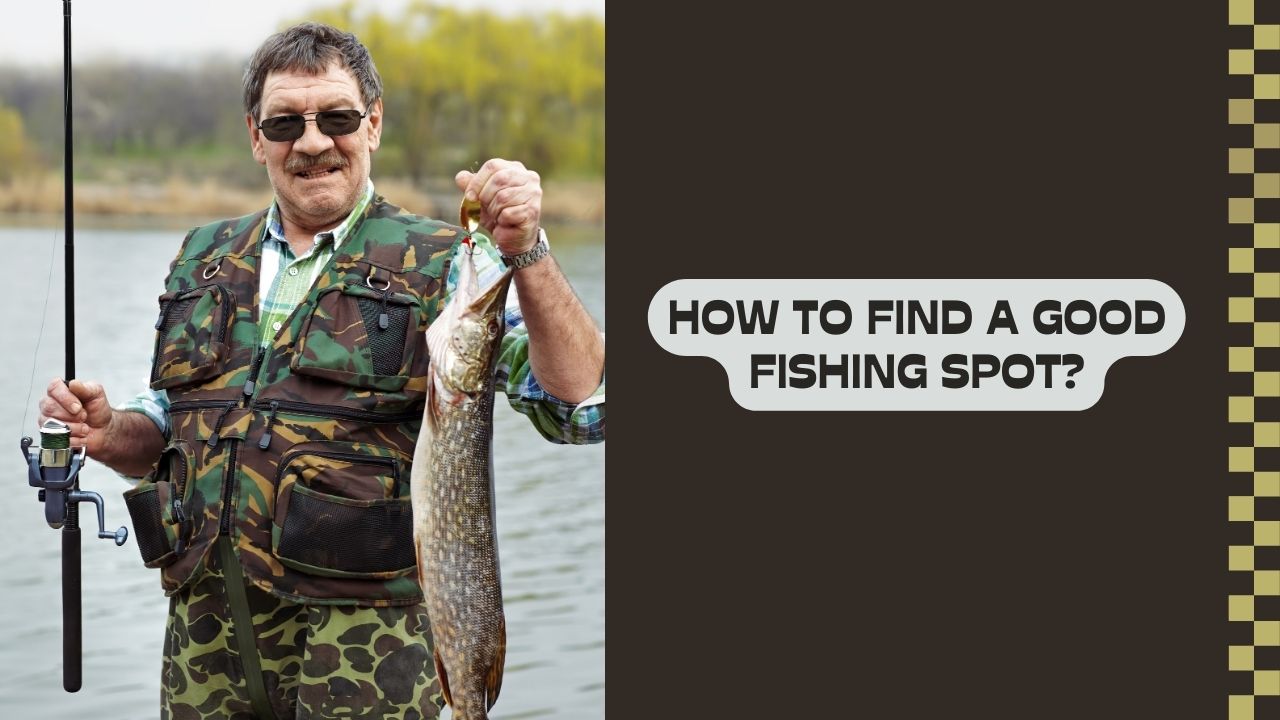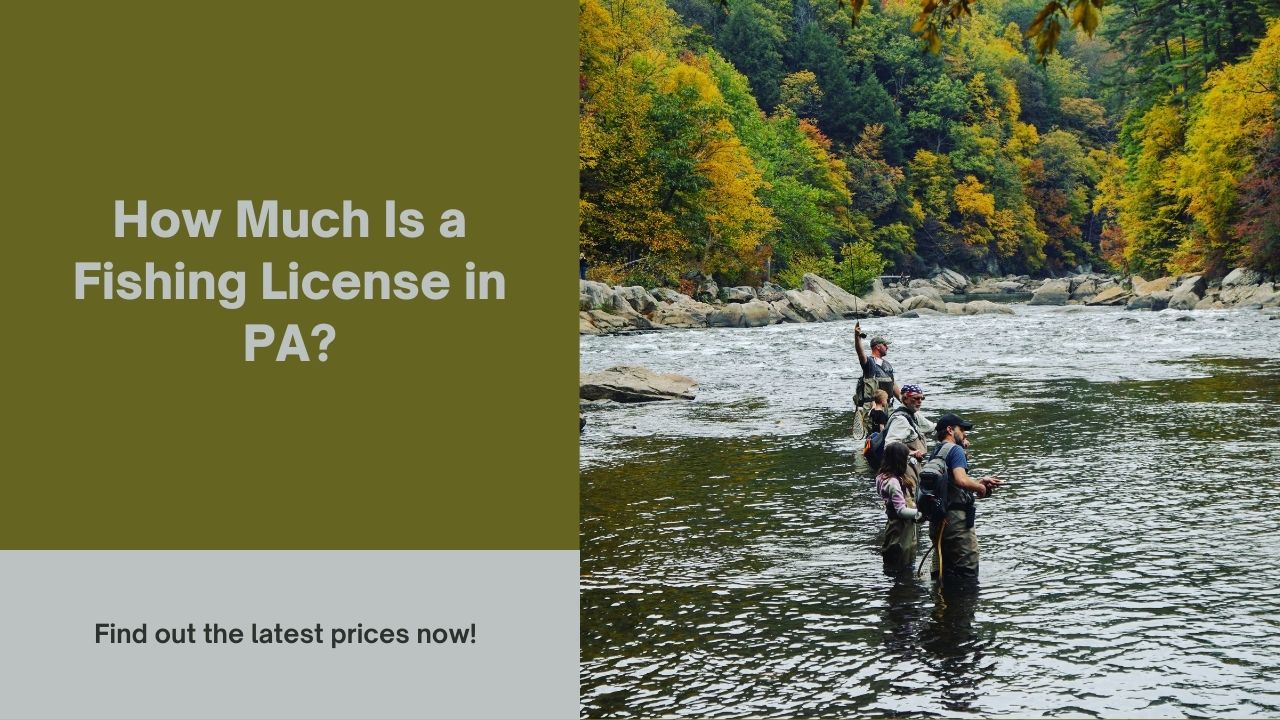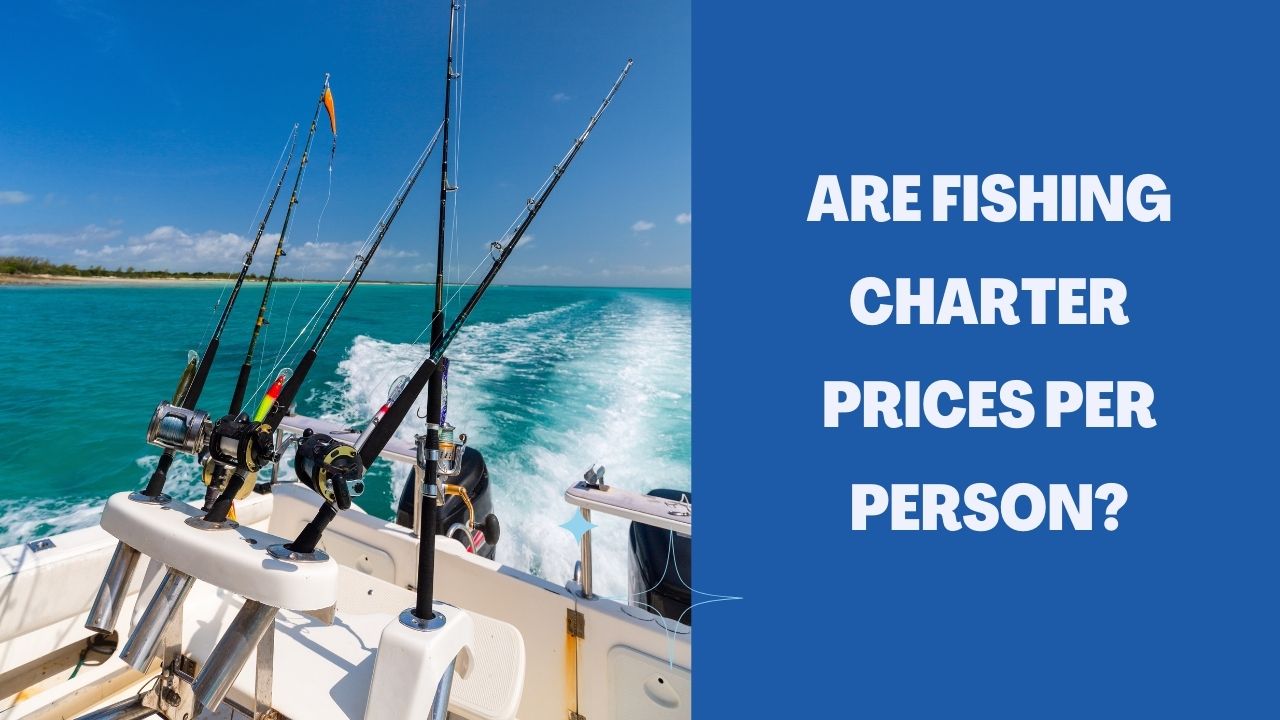Selecting the right fishing spot can be the difference between a memorable day on the water and a frustrating outing. Whether you’re a seasoned angler or a beginner, knowing how to find a good fishing spot is essential for success. In this guide, we’ll dive into detailed strategies for locating the perfect fishing location, discuss the underlying factors that affect fish behavior, and provide actionable tips that you can put into practice immediately.
Understanding Fish Behavior
To truly excel at finding prime fishing locations, it’s important to understand the habits and preferences of the fish you’re targeting. Fish are influenced by a variety of environmental cues and natural rhythms, and knowing these can significantly boost your chances of a great catch.
Species Preferences
Different species have different habitat requirements. For example:
Bass: These fish are often found in areas with structure such as submerged logs, rocks, and thick vegetation. They use these areas for ambush and protection.
Trout: Preferring cooler, oxygen-rich environments, trout often inhabit streams and deep lakes. They can usually be found near inflowing rivers or around underwater structures.
Pike and Walleye: These predatory species tend to seek cover in weed beds and near drop-offs where they can hide before striking.
By identifying the natural behaviors of your target species, you can narrow down the search for locations where they are most likely to be found.
Feeding Patterns and Activity Times
Fish are most active during certain times of the day. Many species feed during the early morning hours and late in the afternoon. Understanding these patterns allows you to plan your trips during peak activity times. Additionally, fish often move to shallower waters during overcast days or when the water is calm, making them more accessible to anglers.
Researching Potential Spots
Before setting out on your fishing expedition, doing some research is crucial. The internet offers a wealth of resources to help you pinpoint promising locations.
Utilizing Maps and Technology
Modern technology can be a game changer in finding a good fishing spot. Tools such as Google Maps, satellite imagery, and dedicated fishing apps provide valuable information:
Digital Maps: Identify bodies of water, depth contours, and underwater features. Look for drop-offs, reefs, and submerged vegetation which are known to attract fish.
Fishing Apps: Several mobile apps offer community-driven insights and even live updates on catch activity. They can show you real-time data about water temperature, water clarity, and even fish movement.
For example, using satellite imagery might reveal nutrient-rich areas where rivers feed into lakes, creating ideal conditions for fish to congregate.
Consulting Local Resources
Sometimes the best advice comes from those who know the waters best. Local resources such as bait shops, fishing clubs, and online forums can provide insider knowledge:
Local Bait Shops: These establishments are often hubs for local anglers and can offer current information on where the fish are biting.
Fishing Forums and Social Media Groups: Platforms like Facebook groups and specialized forums allow you to ask questions and read about other anglers’ experiences.
Local Guides: Consider hiring a local guide who understands the intricacies of the area. Their expertise can save you time and help you avoid less productive spots.
By leveraging these resources, you can compile a list of potential fishing spots and learn the specific details about each location.
Environmental and Seasonal Factors
Environmental conditions play a significant role in determining where fish are likely to be found. Understanding these factors will help you choose the right spot at the right time.
Weather Conditions
Weather greatly influences fish behavior:
- Overcast Days: Fish may become more active in shallower waters as the diffused light makes them feel safer.
- Sunny Days: Strong sunlight often drives fish into deeper, cooler waters where they are less visible to predators.
- Wind: A gentle breeze can stir the water and help distribute oxygen, but strong winds may disrupt fish activity.
Paying close attention to weather forecasts and current conditions on the water can help you make informed decisions about when and where to fish.
Seasonal Movements
Fish behavior changes with the seasons:
- Spring: Many fish species move to shallower waters for spawning. This makes spring an excellent time to try out new spots near river mouths or shallow bays.
- Summer: In the heat of summer, fish may retreat to deeper parts of lakes or streams to find cooler water.
- Fall: As water temperatures drop, fish again become more active in shallower areas, providing opportunities for surface feeding.
- Winter: In colder climates, ice fishing becomes an option. Understanding ice thickness and the safety measures necessary for ice fishing is essential.
By understanding these seasonal shifts, you can plan your trips to align with the natural movements of fish, ensuring better results.
On-Site Assessment Techniques
Once you arrive at your chosen location, a careful on-site assessment is key to confirming its potential.
Identifying Physical Features
Look around for natural structures that indicate good fishing potential:
- Submerged Objects: Rocks, fallen trees, and artificial structures create natural shelters where fish often hide.
- Aquatic Vegetation: Plants and algae can provide both food and cover for fish, making these areas prime targets.
- Water Depth Variations: Areas with a mix of shallow and deep water can be particularly productive as fish move between zones to feed and regulate their temperature.
Observing Wildlife Indicators
Wildlife can serve as a natural signal of a good fishing spot:
- Bird Activity: Birds such as herons or kingfishers may be seen diving into the water, indicating an abundance of baitfish.
- Surface Disturbances: Ripples or splashes on the water’s surface can be signs of active feeding, often pointing to nearby fish.
Taking a few moments to assess these environmental clues can help you decide whether to cast your line in that spot.
Safety and Regulations
Before you begin fishing, it’s important to consider both safety and legal aspects.
Checking Local Regulations
Fishing laws vary by region, so make sure to:
- Obtain the Required Permits: Ensure you have the necessary licenses to fish in the area.
- Understand Catch Limits: Familiarize yourself with local regulations regarding the size and number of fish you can keep.
- Respect Protected Areas: Some areas might have restrictions to preserve local ecosystems.
By adhering to local guidelines, you not only avoid fines but also contribute to the sustainability of fish populations.
Ensuring Personal Safety
Your safety should always be a top priority:
- Assess the Terrain: Check for slippery banks, unstable rocks, or other hazards that could lead to accidents.
- Monitor Weather Conditions: Be prepared for sudden changes in the weather by checking local forecasts and carrying appropriate gear.
- Inform Someone: Let a friend or family member know where you’re fishing and your expected return time.
Following these safety protocols can help ensure that your fishing trip remains both enjoyable and secure.
Putting It All Together
Now that you have a detailed understanding of fish behavior, research techniques, and environmental factors, you’re well-equipped to identify a good fishing spot. Here’s a quick recap of the process:
- Research and Prepare: Use digital maps, fishing apps, and local resources to compile a list of potential spots.
- Understand the Environment: Learn how weather and seasonal changes affect fish behavior.
- Assess On-Site: Once you’re at the location, look for physical features and wildlife indicators that signal fish activity.
- Stay Safe and Legal: Always follow local regulations and prioritize your safety by assessing terrain and weather conditions.
By integrating these strategies, you not only improve your chances of finding a good fishing spot but also enhance your overall fishing experience.
Conclusion
Fishing is both an art and a science. Knowing how to find a good fishing spot involves a blend of careful research, keen observation, and an understanding of natural behaviors. Whether you’re exploring a familiar lake or venturing into a new river, the strategies outlined in this guide will help you make more informed decisions and increase your chances of success.
Remember, every fishing trip is an opportunity to learn something new, so keep experimenting with different techniques and locations.
Happy fishing!
References:

